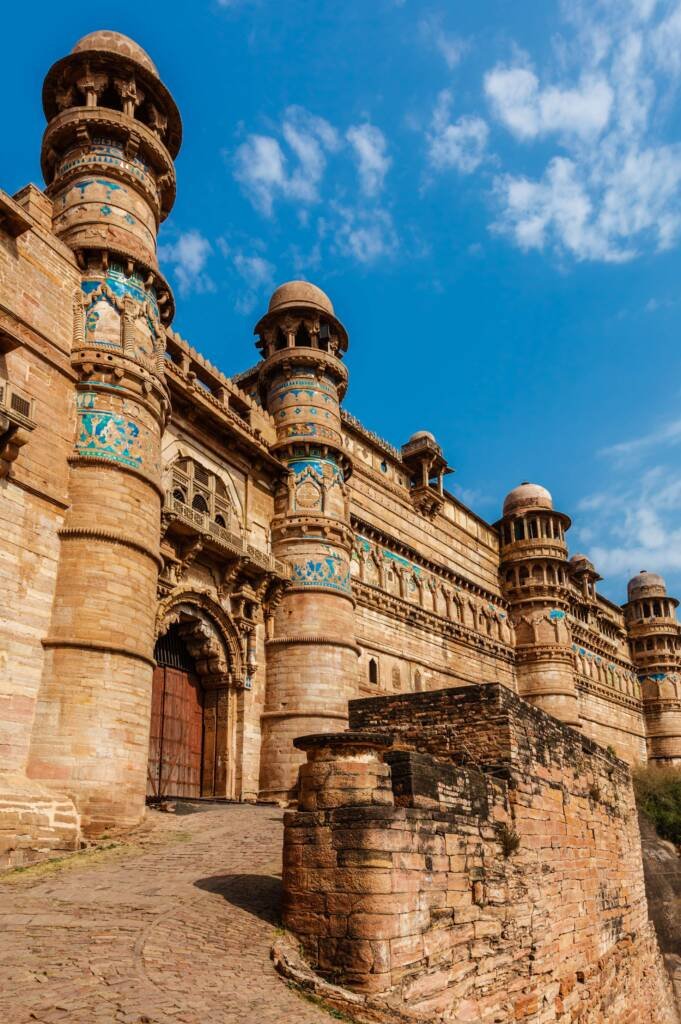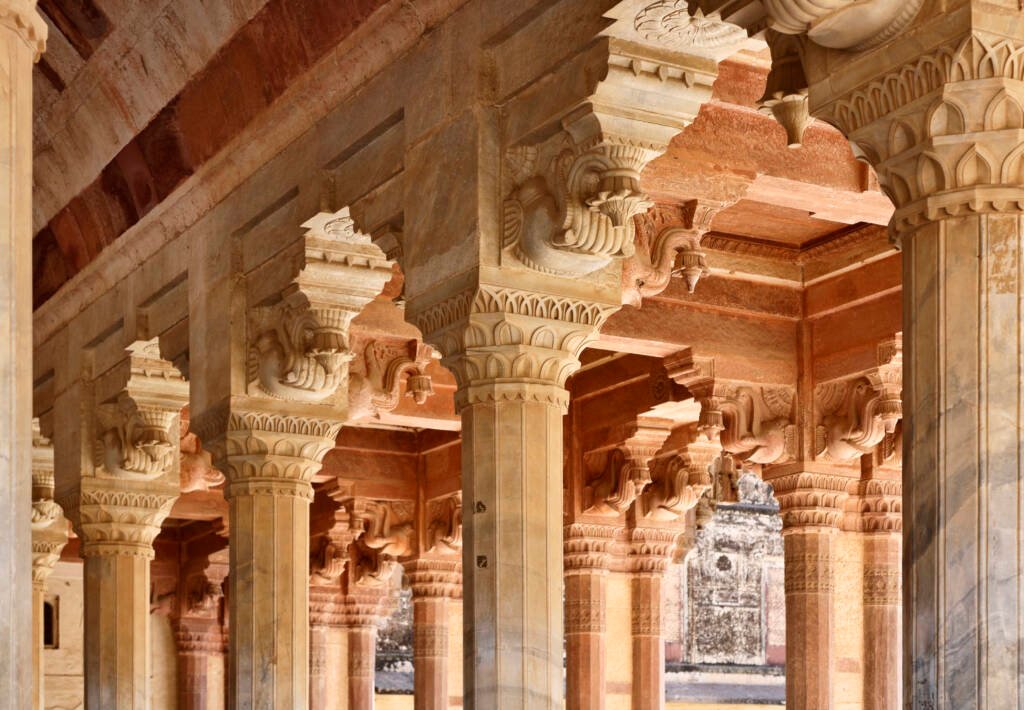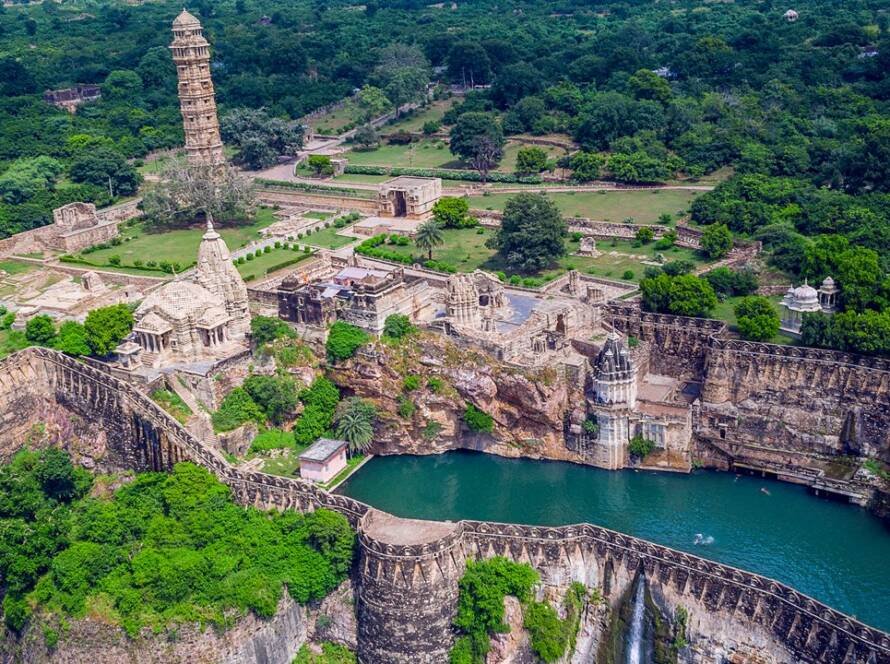A Wall Around the Soul
Imagine pausing at the gates of an ancient stronghold just as dawn’s first light kisses the ramparts—stone glowing softly, alive with centuries of stories. A fort is never merely a structure of defense; it is a reflection of aspirations cast in granite. Placing a hand on these walls, one senses not cold indifference but the warmth of purpose, the echo of ceremonies, and the hum of life that pulsed within.
A fort is a living symbol—a testament to a community’s will to endure, to create a moment of permanence amid the shifting sands of time.
Power Woven into Stone
Rulers across India sculpted landscapes to embody their ideals. The soaring walls of Mehrangarh Fort in Jodhpur proclaim authority without aggression. Each bastion, each gate, was designed to inspire awe—an architectural proclamation that the ruler’s responsibility extended to every corner of the realm.
Inscriptions on gateways spoke of virtues—valor, justice, compassion—reminding all who entered that power grounded in principle endures beyond any siege. Towers aligned with celestial bodies bound earthly rule to cosmic order, infusing every battlement with a deeper sense of purpose.


Identity Sculpted by Hands and Hearts
A fort’s true essence lies in the artisan’s chisel and the devotion of its inhabitants. Masons carved lotus blossoms and scrolling vines into thresholds, embedding local flora and spiritual symbols into stone. Frescoes in palace chambers recounted epics of gods, heroes, and moral triumphs—narratives that bound a people together across generations.
Courtyards reverberated with festivals, bhajans at dawn, and the laughter of children weaving between columns. Artisans hammered jewelry in shaded alcoves, and cooks prepared communal feasts over open hearths. Within these walls, identity was not merely preserved; it was lived, celebrated, and renewed each day.
Purpose Beyond Protection
Forts served as more than military posts—they were hubs of governance, centers of learning, and stages for artistic expression. Libraries housed manuscripts on philosophy and astronomy. Court poets and musicians found patronage in royal halls, their verses and ragas echoing through stone corridors.
Public spaces—stepwells, water gardens, and pillared pavilions—nurtured both body and spirit. These oases demonstrated an understanding that true strength arises when resilience meets renewal.
Resonance in the Modern World
Today, wandering through these storied ruins, we hear an invitation: to align ambition with values, to see leadership as a balance of resilience and compassion. Forts remind us that sustainable influence honors both structure and soul—that lasting impact requires vision rooted in community.
Their presence speaks not just of conflict, but of creativity, continuity, and cultural unity.
Echoes That Guide
As the sun dips behind ramparts and shadows weave through archways, pause to listen—to the intimate conversation between past and present. These stone sentinels witnessed generations who dreamed, governed, and celebrated within their walls.
May we carry forward their legacy: to build not just walls, but bridges—between power and purpose, tradition and innovation, self and society. In doing so, we honor more than history; we honor the spirit of collective identity that forts so beautifully enshrine.
For in every stone, there is a story; and in every story, a lesson for our own time.



